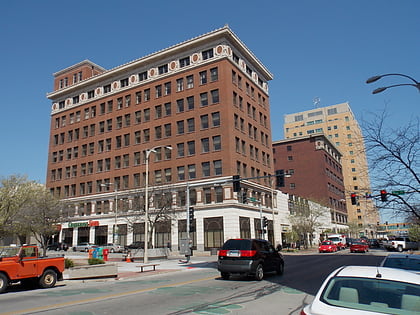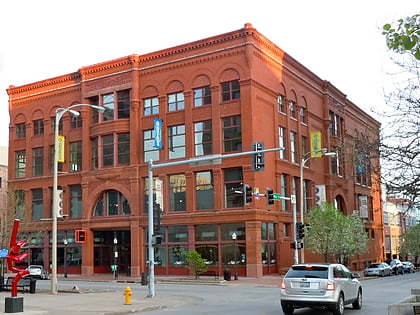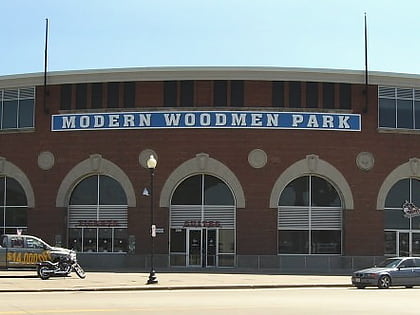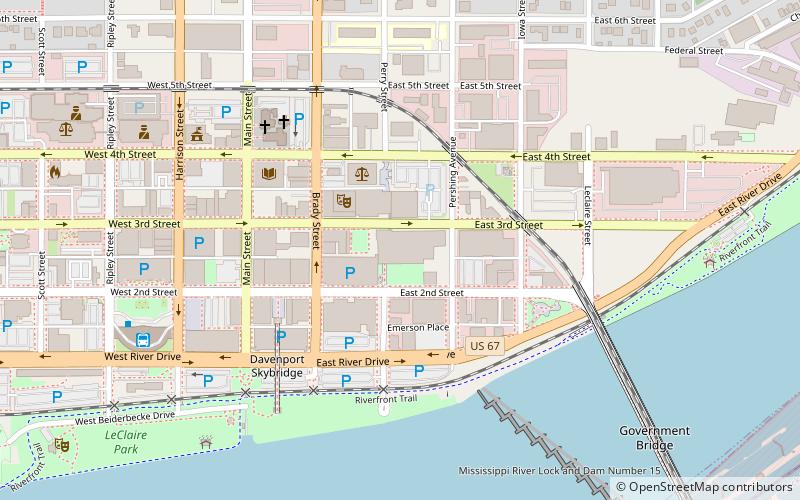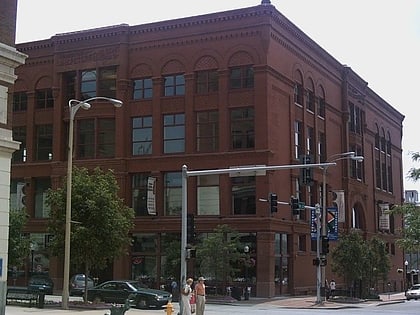Davenport Motor Row and Industrial Historic District, Davenport
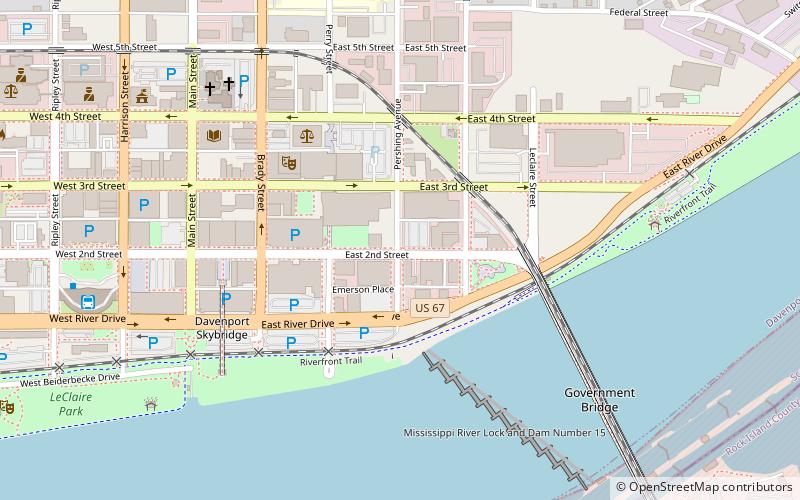

Facts and practical information
The Davenport Motor Row and Industrial Historic District is a nationally recognized historic district located on the eastern edge of downtown Davenport, Iowa, United States. It was listed on the National Register of Historic Places in 2019. At the time of its nomination it consisted of 28 resources, which included 21 contributing buildings, one contributing site, one contributing structure, and five non-contributing buildings. The area was previously a part of the notorious Bucktown, a district of saloons, beer gardens, brothels, billiard parlors, gambling establishments, and theaters. Davenport licensed prostitution in 1893, gambling in 1904, and failed to enforce Iowa prohibition laws during this period. A crusade against vice by Davenport's Catholic bishop, Henry Cosgrove, and reforms by state leaders led to the district's transformation in the early 20th century into a light industrial area. The city's automobile industry settled here beginning in the 1910s. They stayed until the mid-20th century when Interstate 80 was completed on the north side of the city and they moved to the suburban areas. U.S. Route 32 and its successor U.S. Route 6 passed through the district on East Second Street from 1926 to 1937. The Government Bridge, which for years was the city's only bridge across the Mississippi River, is immediately adjacent to the district. ()
Downtown DavenportDavenport
Davenport Motor Row and Industrial Historic District – popular in the area (distance from the attraction)
Nearby attractions include: Figge Art Museum, Putnam-Parker Block, J.H.C. Petersen's Sons' Store, Modern Woodmen Park.
Frequently Asked Questions (FAQ)
Which popular attractions are close to Davenport Motor Row and Industrial Historic District?
How to get to Davenport Motor Row and Industrial Historic District by public transport?
Bus
- Ground Transportation Center (9 min walk)


